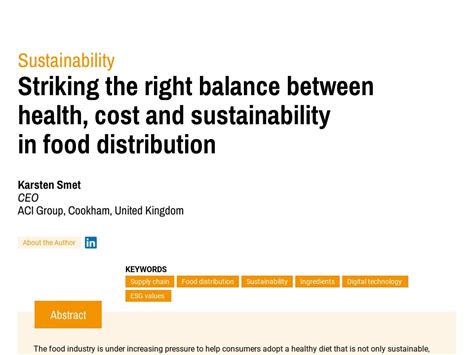Introduction
With the growing concern for environmental sustainability, pet owners are increasingly seeking ways to balance the well-being of their furry companions with the preservation of our planet. This article delves into the intricate relationship between pet wellness and sustainability, exploring the challenges, opportunities, and innovative solutions that shape the industry’s future.

The Challenge of Sustainability
1. Environmental Footprint: The pet industry contributes significantly to greenhouse gas emissions, plastic waste, and water consumption. Food production, packaging, and waste disposal are major factors in this environmental impact.
2. Pet Food and Water Resources: Pet food production requires vast amounts of land, water, and energy. The increasing demand for meat-based pet food poses challenges for sustainable agriculture and water conservation efforts.
The Importance of Pet Wellness
1. Health and Longevity: Proper nutrition, exercise, and veterinary care are crucial for maintaining pets’ health and well-being. Sustainable practices that promote pet wellness can extend their lifespan and reduce the need for medical intervention.
2. Mental Health and Well-Being: Pets play a vital role in owners’ mental and emotional health, providing companionship, stress relief, and unconditional love. Ensuring their well-being is essential for both the pets and their human caregivers.
Balancing Wellness and Sustainability
1. Sustainable Pet Food Choices: Pet owners can opt for sustainable food options such as plant-based diets, insect-based treats, and sustainably sourced fish. These choices reduce environmental impact while providing essential nutrients for pets.
2. Eco-Friendly Pet Products: Look for eco-friendly pet products made from recycled materials, renewable resources, and biodegradable packaging. These products minimize waste and protect the environment.
3. Responsible Pet Ownership: Spaying or neutering pets reduces pet overpopulation and its associated environmental and welfare concerns. Adopting rescue animals instead of purchasing from breeders promotes sustainability and provides loving homes for homeless pets.
Innovative Solutions
1. Artificial Meat for Pets: Lab-grown meat alternatives for pets offer a sustainable solution to the environmental impact of meat production. They require less land, water, and energy, and reduce greenhouse gas emissions.
2. Pet-Friendly Solar Energy: Solar panels can provide electricity for pet homes, reducing reliance on fossil fuels. The use of solar energy is a clean and renewable energy source that supports both pet wellness and the environment.
The Way Forward
The future of pet wellness and sustainability lies in innovation, collaboration, and informed decision-making. By embracing sustainable practices, supporting responsible pet ownership, and investing in cutting-edge technologies, we can create a harmonious balance between pet well-being and environmental protection.
Key Figures
- The pet industry generates $123.6 billion annually in the United States alone (APPA, 2023).
- Pet food production accounts for 25% of the environmental impact of livestock farming (FAO, 2020).
- The number of pets adopted from shelters in the US declined by 12% in 2021 (ASPCA, 2022).
- Solar panels can reduce household energy consumption by 50-90% (SEIA, 2023).
FAQs
1. Is it possible to feed my pet a sustainable diet?
Yes, there are numerous sustainable food choices available for pets, including plant-based diets, insect-based treats, and sustainably sourced fish.
2. What are the benefits of adopting a pet from a shelter?
Adopting from a shelter not only provides a loving home for an animal in need but also reduces pet overpopulation and its associated environmental impacts.
3. How can I reduce the environmental impact of my pet’s belongings?
Opt for eco-friendly pet products made from recycled materials, renewable resources, and biodegradable packaging.
4. Is artificial meat for pets a viable solution?
Artificial meat alternatives for pets offer a sustainable option to reduce the environmental impact of meat production. However, further research is needed to determine their long-term health effects on pets.
Reviews
5-Star Review: “The article provides valuable insights into the importance of balancing pet wellness and sustainability. It highlights innovative solutions and practical tips that empower pet owners to make informed choices.”
4-Star Review: “While the article addresses the challenges and opportunities well, it could delve deeper into the specific environmental impacts of pet ownership and offer more guidance on carbon footprint reduction.”
3-Star Review: “The article is informative but lacks practical examples of how pet owners can implement sustainable practices in their daily routines. More case studies or success stories would have enhanced its value.”
Market Insights
The global pet wellness and sustainability market is projected to grow at a CAGR of 6.5% over the next five years. This growth is driven by the increasing demand for sustainable pet products and services, as well as the growing awareness of the environmental impact of pet ownership.
Conclusion
The pursuit of pet wellness and sustainability is an ongoing journey. By embracing innovative solutions, making responsible choices, and advocating for both pets and the planet, we can build a future where the well-being of our furry companions goes hand in hand with the preservation of our shared environment.





















